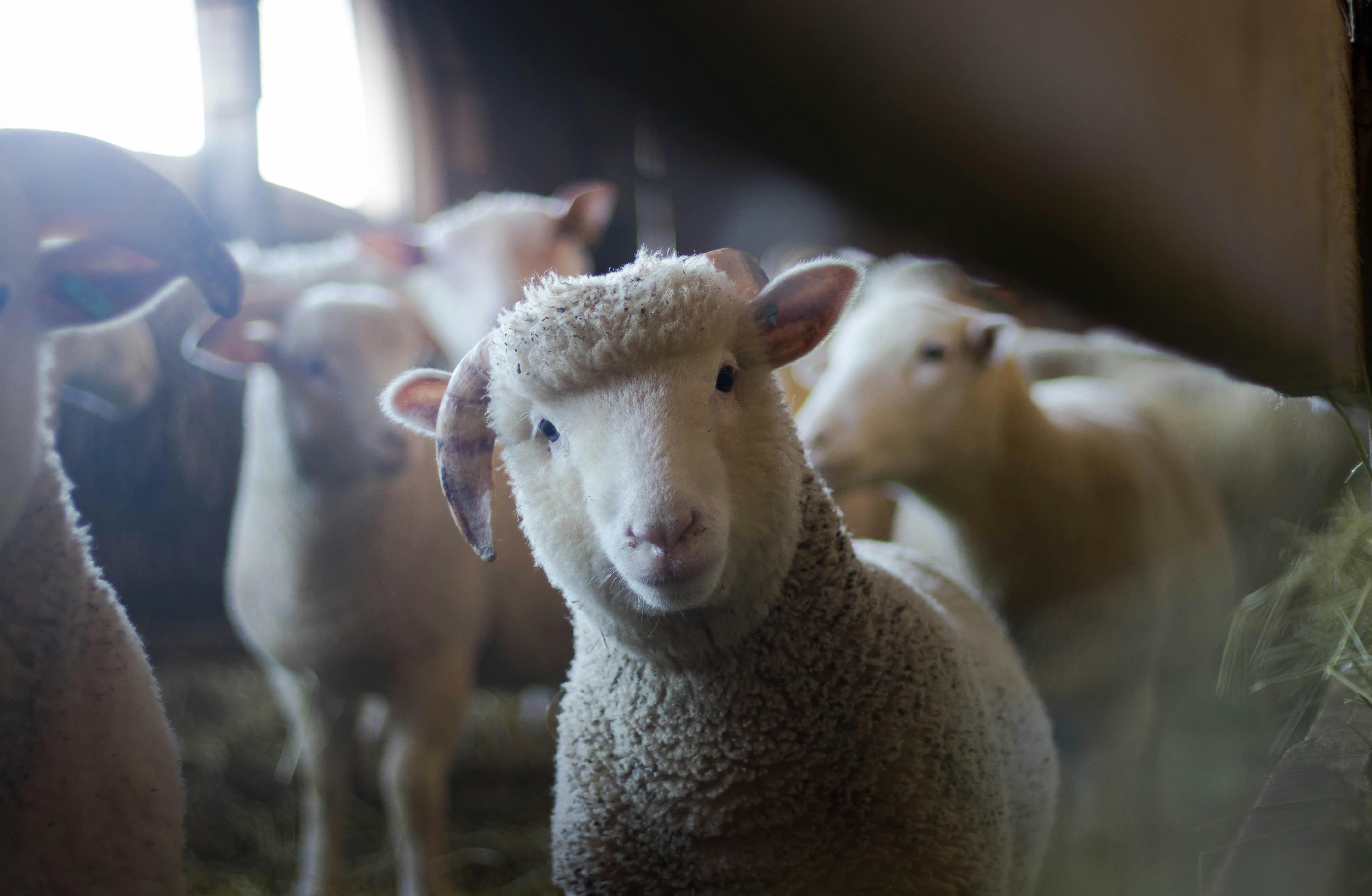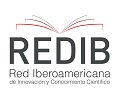Estrés en la esquila ovina
DOI:
https://doi.org/10.14409/favecv.2024.23.e0035Palabras clave:
esquila, estrés, bienestar animalResumen
La esquila representa un estrés agudo para los animales, se ha descripto la respuesta al estrés de las ovejas durante la esquila, pero hay información limitada sobre qué factores desencadenan esta respuesta. Con el método de esquila Tally-Hi, los animales parecen estar más tranquilos que con la esquila tradicional con animales maneados, el procedimiento se ha perfeccionado y difundido en los últimos años en Argentina. Nuestro objetivo fue evaluar el efecto de la esquila Tally-Hi de animales desmaneados sobre la respuesta al estrés en ovejas. Se seleccionaron aleatoriamente 20 hembras de raza merino de 2 años de edad y se armaron dos grupos. A: sin esquila B: con esquila, todas recibieron el mismo manejo peri-esquila. Se tomaron cuatro muestras de sangre entera en diferentes momentos: pre-esquila, inmediatamente después de la esquila, 24 horas y 7 días post-esquila y se midieron los niveles de glucosa, proteínas totales y cortisol. No se encontraron diferencias significativas entre los grupos con y sin esquila, pero observamos una variación en los niveles de glucosa y cortisol de ambos grupos a lo largo del tiempo. Podemos concluir que el refinamiento del proceso de esquila (elección del método Tally Hi desmaneado y la capacitación del operador) fue apropiado y no genera estrés adicional al manejo peri-esquila utilizado en el Campo Experimental Pilcaniyeu (arreo, alojamiento en corrales y vacunación).
Citas
Arfuso F, Fazio F, Chikhi L, Aymond G, Piccione G, Giannetto C. 2022. Acute Stress Response of Sheep to Shearing Procedures: Dynamic Change of Cortisol Concentration and Protein Electrophoretic Pattern. Animals 12: 862. DOI: 10.3390/ ani12070862
Corner RA, Kenyon PR, Stafford JK, West DM, Oliver DH. 2006. The effect of midpregnancy shearing or yarding stress on ewe post-natal behaviour and the birth weight and post-natal behaviour of their lambs. Livest. Sci. 102: 121-129. DOI: 10.1016/j.livprodsci.2005.12.001.
Gunn W. 1963. Australian Wool Board report to woolgrowers. Ed. Australian Wool Board, Melbourne. 41pp.
Hargreaves AL y Hutson GD. 1990. The Stress Response in Sheep during Routine Handling Procedures. Appl. Anim. Behav. Sci. 26: 83-90. DOI: 10.1016/0168-1591(90)90089-V.
Hefnawy A, Helal MAY, Sabek A and Shousha S. 2018. Clinical, behavioral and biochemical alterations due to shearing stress in Ossimi sheep. J. Vet. Med. Sci. 80: 1281-1286. DOI: 10.1292/jvms.18-0150.
Jephcott EH, McMillen IC, Rushen JP, Thorburn GD. 1987. A comparison of the effects of electroimmobilisation and, or, shearing procedures on ovine plasma concentrations of beta-endorphin/beta-lipoprotein and cortisol. Res. Vet. Sci. 43: 97-100. DOI:10.1016/S0034-5288(18)30750-1.
Lowry OH, Rosebrough NJ, Farr AL, Randall RJ. 1951. Protein measurement with the Folin phenol reagent. J. Biol. Chem. 193: 265-275. DOI:10.1016/S0021-9258(19)52451-6.
Piccione G, Caola G, Refinetti R. 2002. Effect of shearing on the core body temperature of three breeds of Mediterranean sheep. Small Rumin. Res. 46: 211-215. DOI: 10.1016/S0921-4488(02)00192-X.
PROLANA, Programa para el Mejoramiento de la Calidad de la Lana, 1994. Documentación técnica. Disponible en: https://magyp.gob.ar/sitio/areas/prolana/documentacion/
Sanger ME, Doyle RE, Hinch GN, Lee C. 2011. Sheep exhibit a positive judgement bias and stress-induced hyperthermia following shearing. Appl. Anim. Behav. Sci. 131: 94-103. DOI: 10.1016/j.applanim.2011.02.001.
Ungerfeld R y Freitas-de-Melo A. 2019. Stress and behavioural responses to winter shearing differ between pregnant and non-pregnant ewes. Physiol. Behav. 210: 112653. DOI:10.1016/j.physbeh.2019.112653

Publicado
Cómo citar
Número
Sección
Licencia
Derechos de autor 2024 María M. ODEON, Andrea K. CANCINO, Diego CRISTOS, Sonia A. ROMERA

Esta obra está bajo una licencia internacional Creative Commons Atribución-NoComercial-CompartirIgual 4.0.
FAVE Sección Ciencias Veterinarias ratifica el modelo Acceso Abierto en el que los contenidos de las publicaciones científicas se encuentran disponibles a texto completo libre y gratuito en Internet, sin embargos temporales, y cuyos costos de producción editorial no son transferidos a los autores. Esta política propone quebrar las barreras económicas que generan inequidades tanto en el acceso a la información, como en la publicación de resultados de investigaciones.
Los artículos de la revista son publicados en http://bibliotecavirtual.unl.edu.ar/publicaciones/index.php/FAVEveterinaria/issue/current/, en acceso abierto bajo licencia Creative CommonsAtribución-NoComercial-Compartir Igual 4.0 Internacional.











